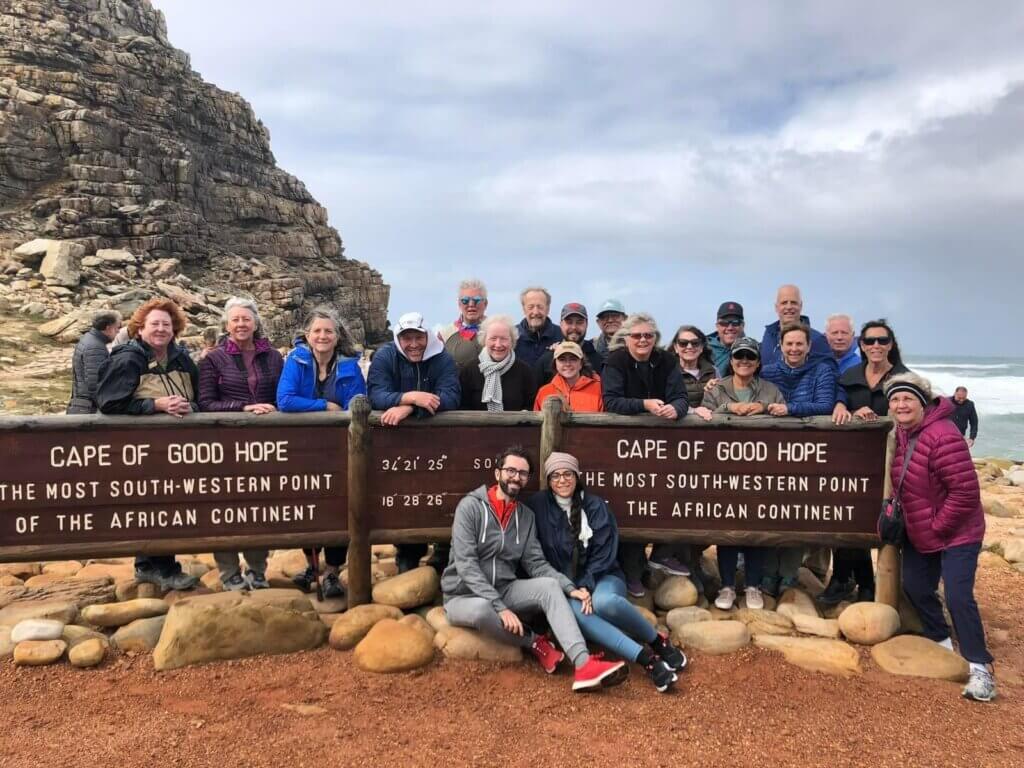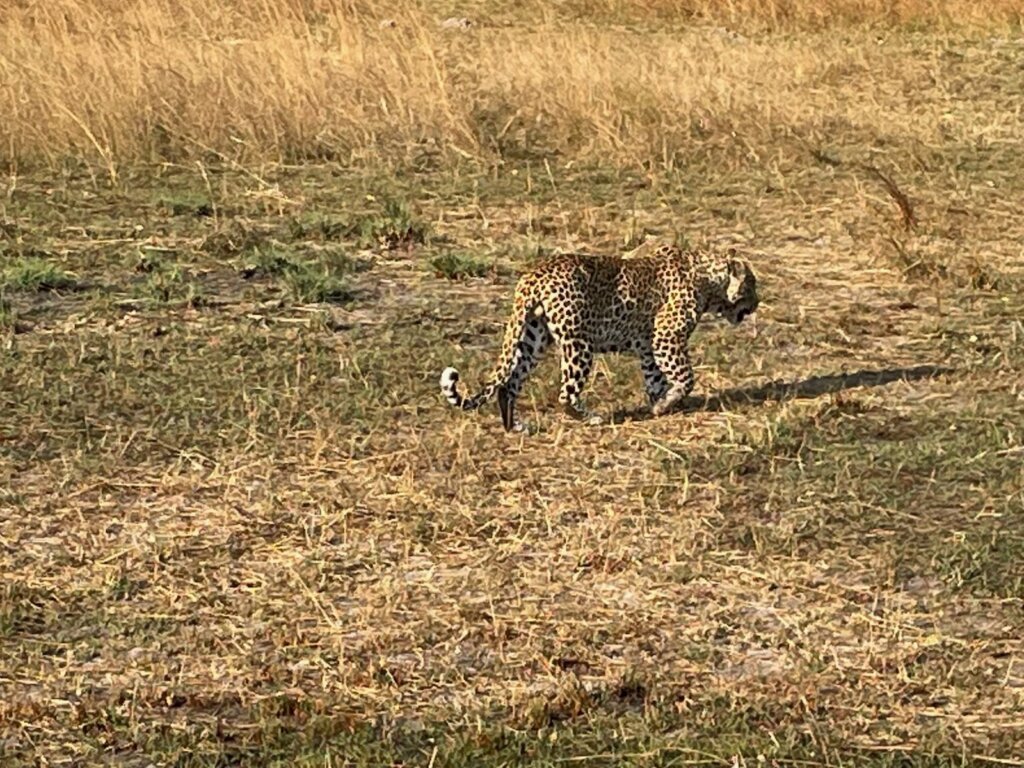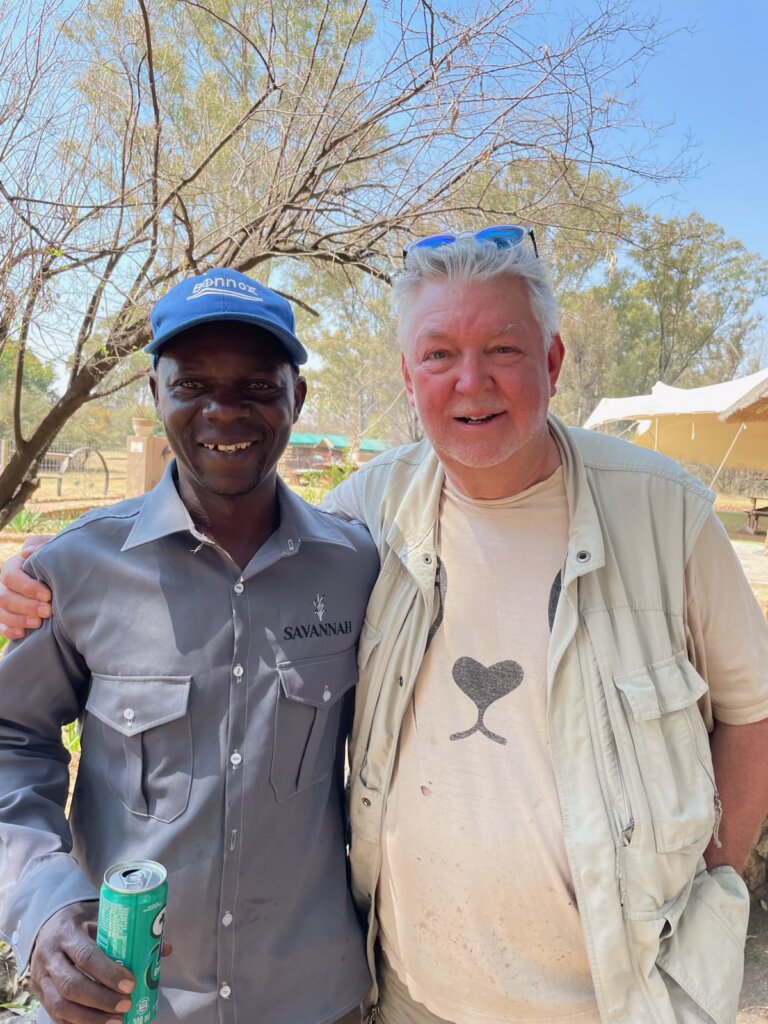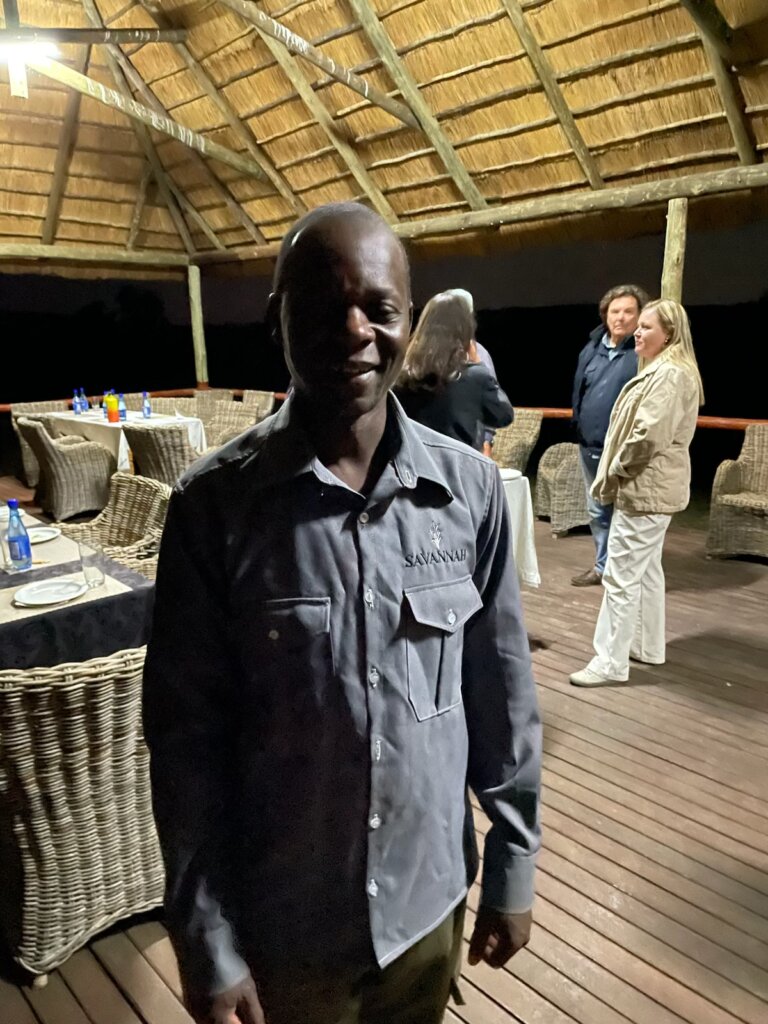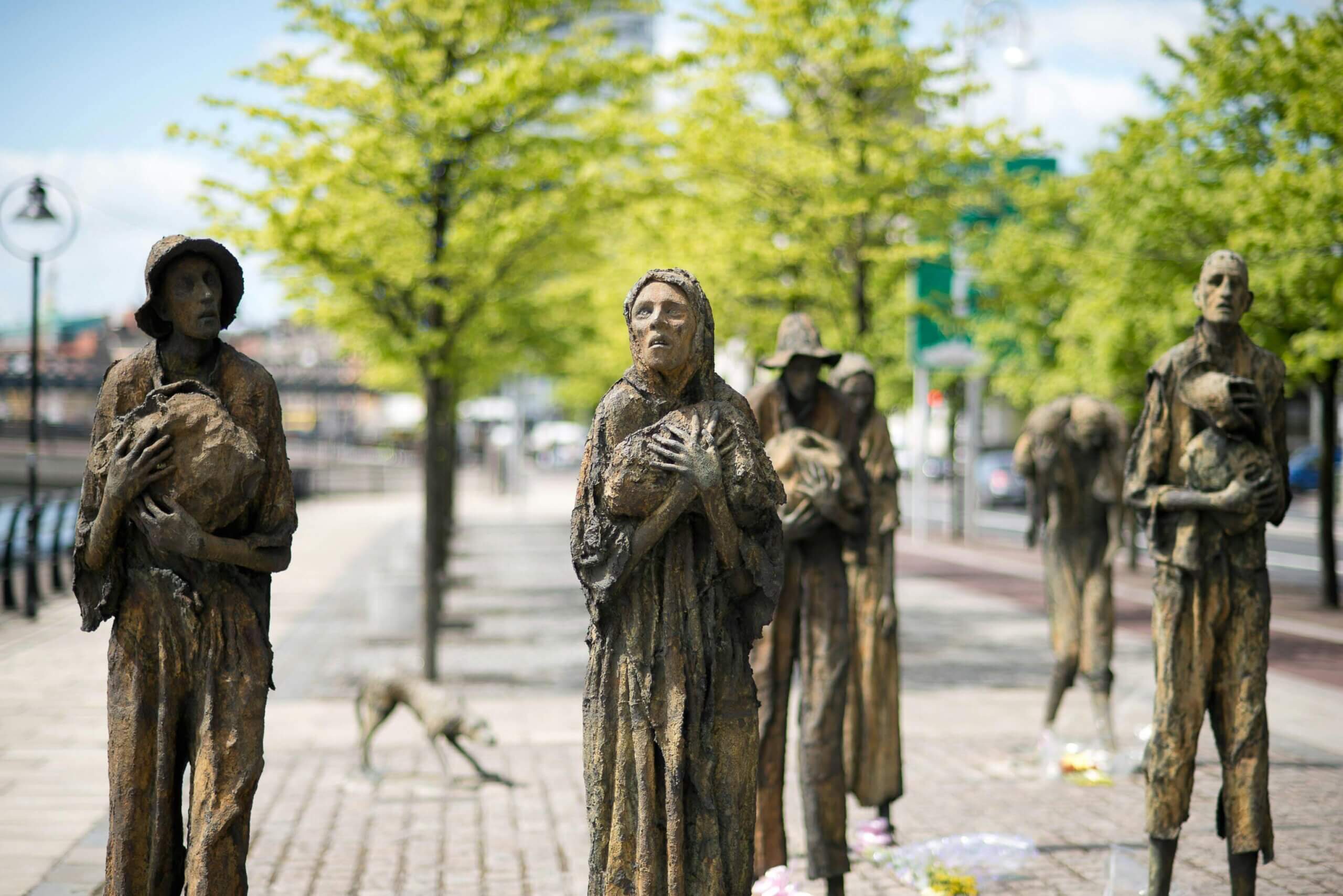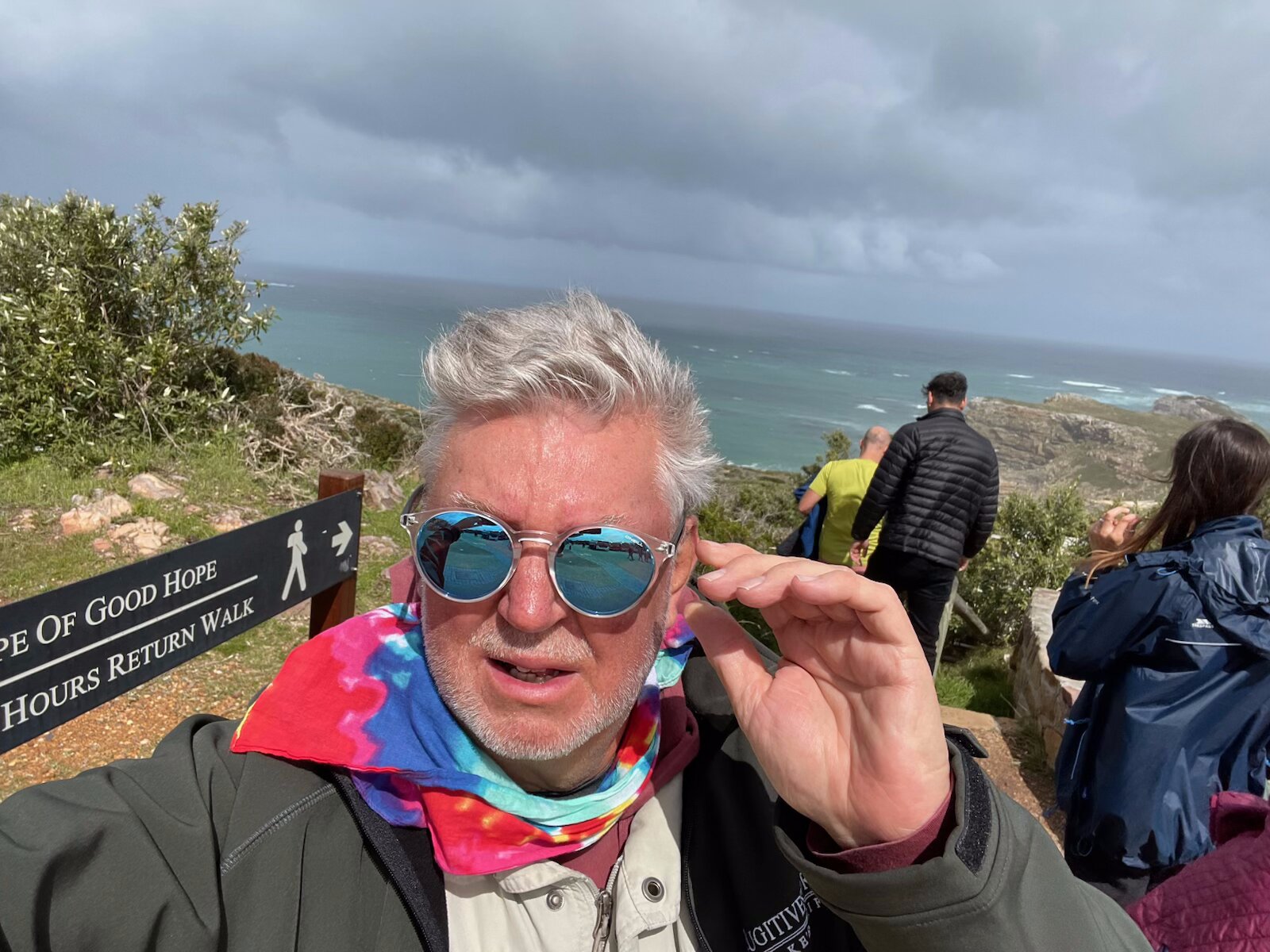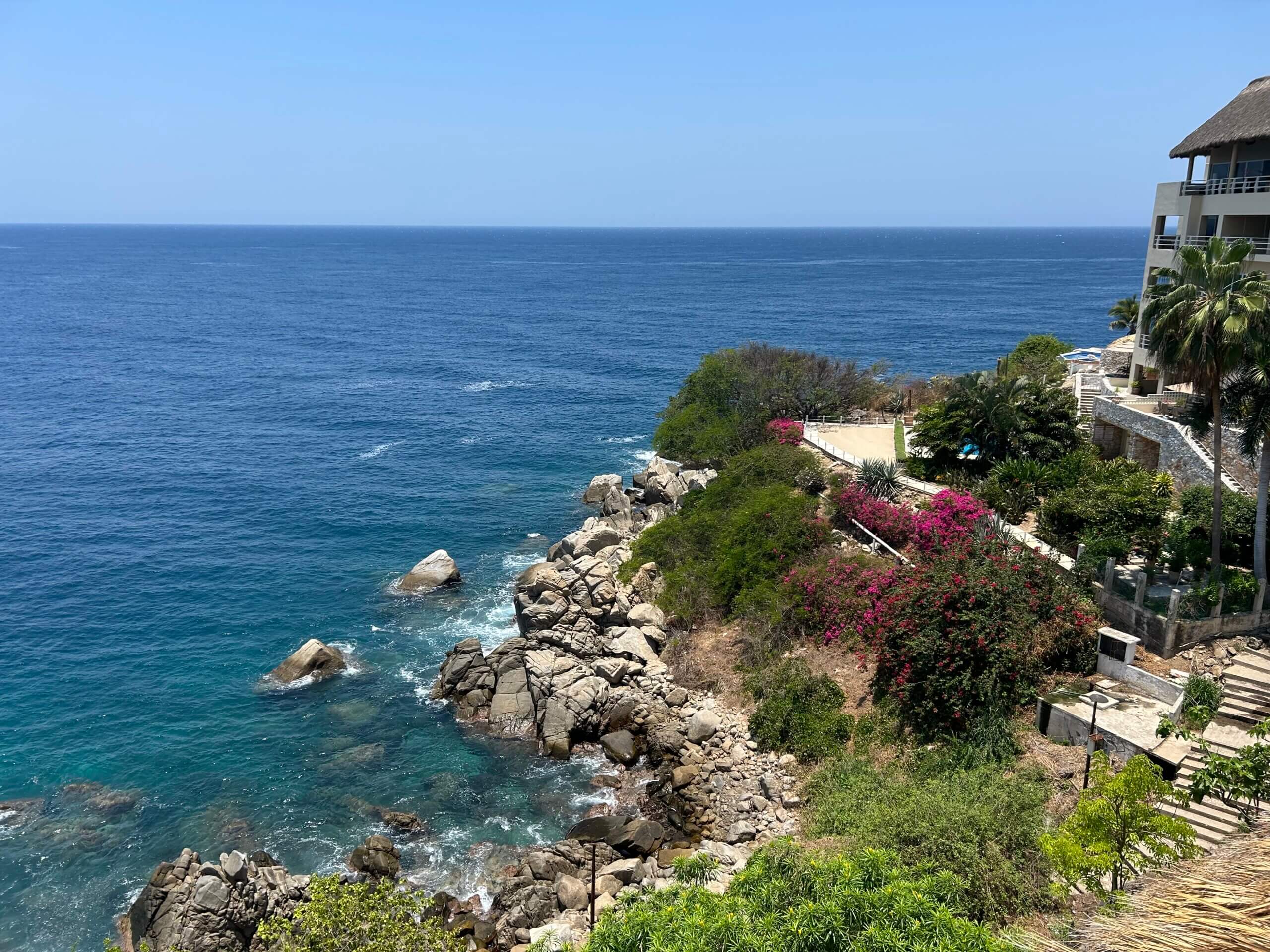Last September in Dublin, I had the privilege of visiting EPIC The Irish Emigration Museum and the Jeanie Johnston , a ship that transported refugees of the Irish Famine across to North America — two places that left a deep and lasting impression on me.
The Jeanie Johnston was one of many so-called “coffin ships” that transported Irish refugees fleeing the Great Famine to distant shores. The mortality rates on these long voyages were staggering, and walking the decks of the ship gave me a profound sense of the hardship, fear, and desperate hope these passengers must have felt.
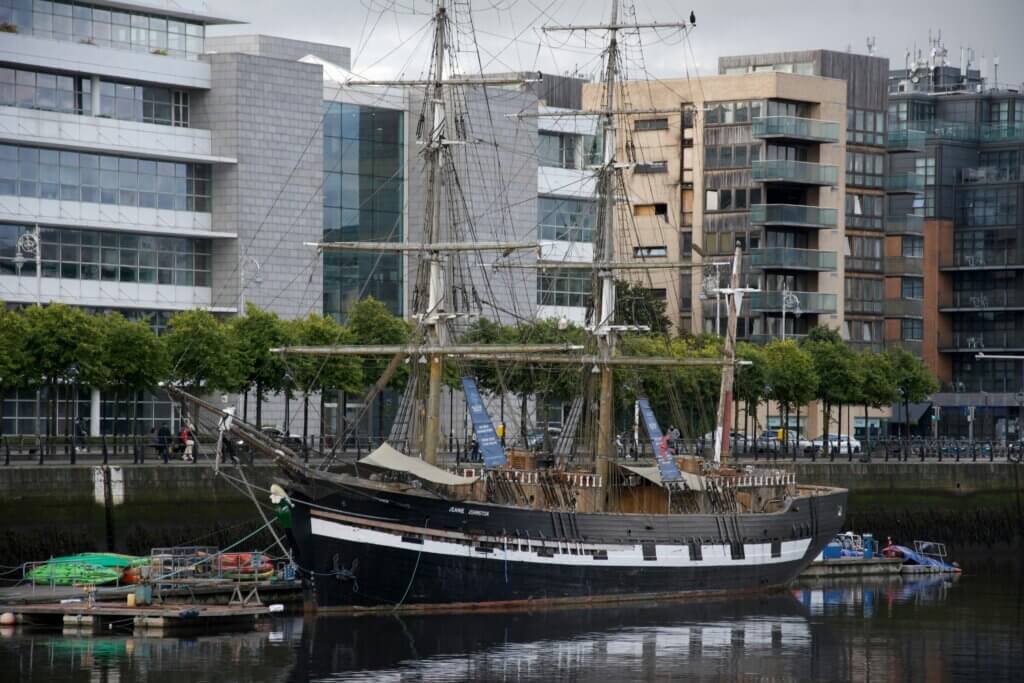
Discovering the National Famine Way
At the EPIC Museum, while chatting with the information desk team, I learned about the National Famine Way — a 165 km walking trail that follows the Royal Canal Greenway from Strokestown in County Roscommon to Dublin. From 1847-52, nearly 1,500 starving refugees made this harrowing journey on foot, hoping to find salvation once they reached the Irish capital.
The next day, I visited an exhibition dedicated to the Irish Potato Famine. I learned more about the ghastly events that led to the deaths of over a million Irish peasants between 1845–1852, and the emigration of another million to places like the United States, Canada, and Australia. Ireland’s population was reduced by nearly half over the next 50 years as a result.
Realizing How Personal the Story Is
While still in Dublin, I reached out to friends back home in the United States. It quickly became clear how many people I knew — friends, colleagues, even distant acquaintances — had family histories tied to this period. Ancestors who fled the famine, seeking a better life across the ocean.
That’s when the idea began to take hold:
What if we created a walking tour along the National Famine Way — a journey to remember the souls and ancestors who traveled it so long ago?
A New Kind of Pilgrimage: Walking to Remember
I’m thrilled to share that this dream is now becoming a reality. I’m collaborating with a dear Irish friend and history teacher from Dublin to organize a guided walk along the trail, tentatively including a brief exclusive sailing in Dublin Harbor, re-creating a small part of the refugees’ experience as they left Irish soil behind.
And as I thought more deeply about it, I realized:
This could become a journey of reflection, much like walking the Camino de Santiago — but focused on remembrance.
A pilgrimage not only through beautiful landscapes, but through history. A chance to honor the forgotten souls who shaped who we are today.
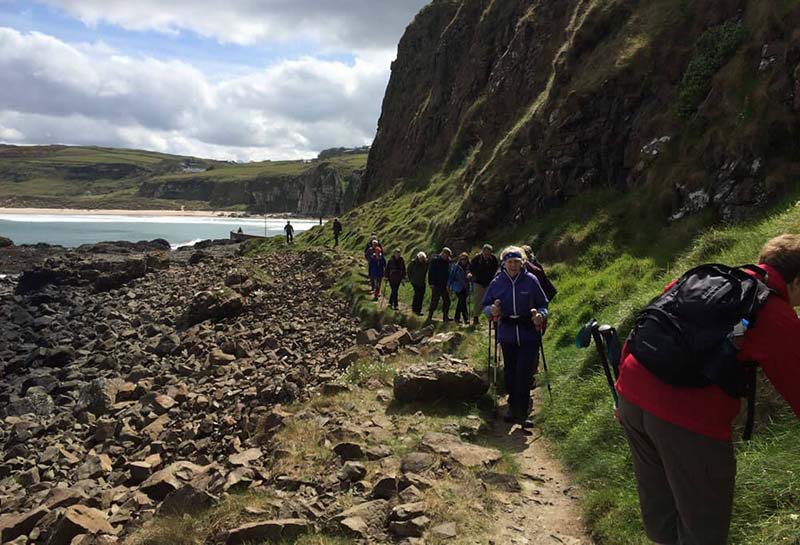
Expanding the Idea Beyond Ireland
The idea grew even larger in my mind.
It’s not just the Irish story.
What about the millions of Sicilians and Southern Italians who emigrated to North America? My late wife Jeannie Barresi’s very recent ancestors came from this deep, rich part of the world. I’ve even begun conversations with colleagues in Matera, in the Basilicata region of Italy, about creating a similar heritage/remembrance journey from that part of the world.
And what about the millions of Asians who came to the western United States, playing a crucial role in building the country’s railroads and infrastructure?
Or the tens of millions of African Americans, whose ancestors endured the horrors of the Middle Passage — a brutal and tragic part of history that remains under-acknowledged today?
I remember vividly the powerful emotional connection that African American travelers felt when I guided groups through Egypt many years ago. The longing for reconnection with a lost heritage is real, and travel can help bridge that gap.
We must also remember the indigenous peoples of the Americas, whose histories were forever changed by waves of colonization and displacement.
Travel as a Way to Reclaim Forgotten Histories
These are the forgotten journeys. These are the forgotten peoples.
And in the travel industry today, these stories are too often overlooked.
At Take Me Away Tours, we believe that travel should be about more than just beautiful beaches and Instagram-worthy sights.
Travel should remind us of who we are, where we came from, and how we got here.
I hope you’ll join us on one of these deeply meaningful journeys soon — whether it’s walking in the footsteps of famine refugees along the Irish Famine Way, exploring the origins of southern Italian emigrants, or in the future, perhaps retracing other migrations that shaped our world.
Travel Isn’t JUST about escape.
It can also be about remembrance, and meaningful connections with our past.
And sometimes, it’s about coming home.
Doug Lofland
Founder, Takemeaway.tours
